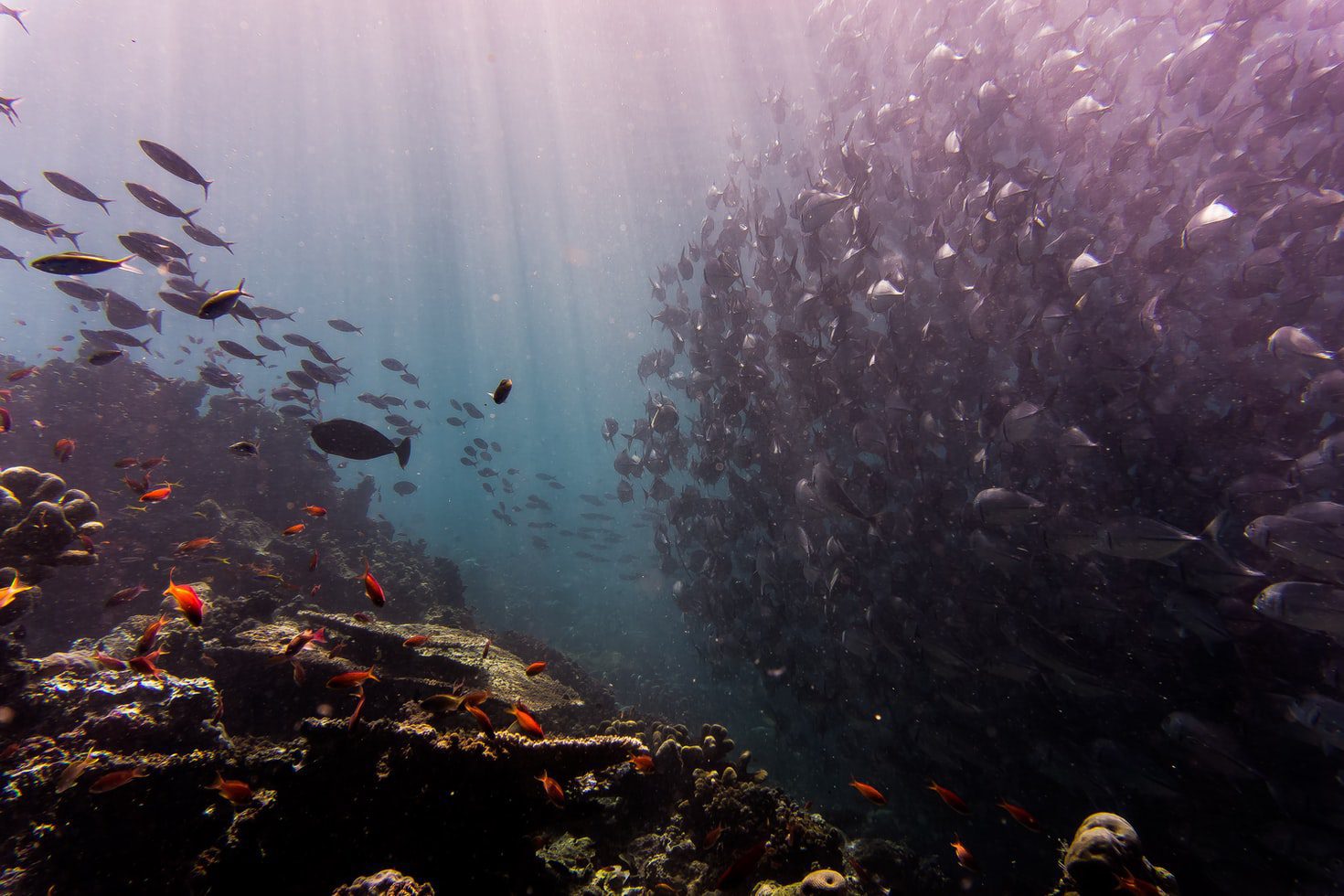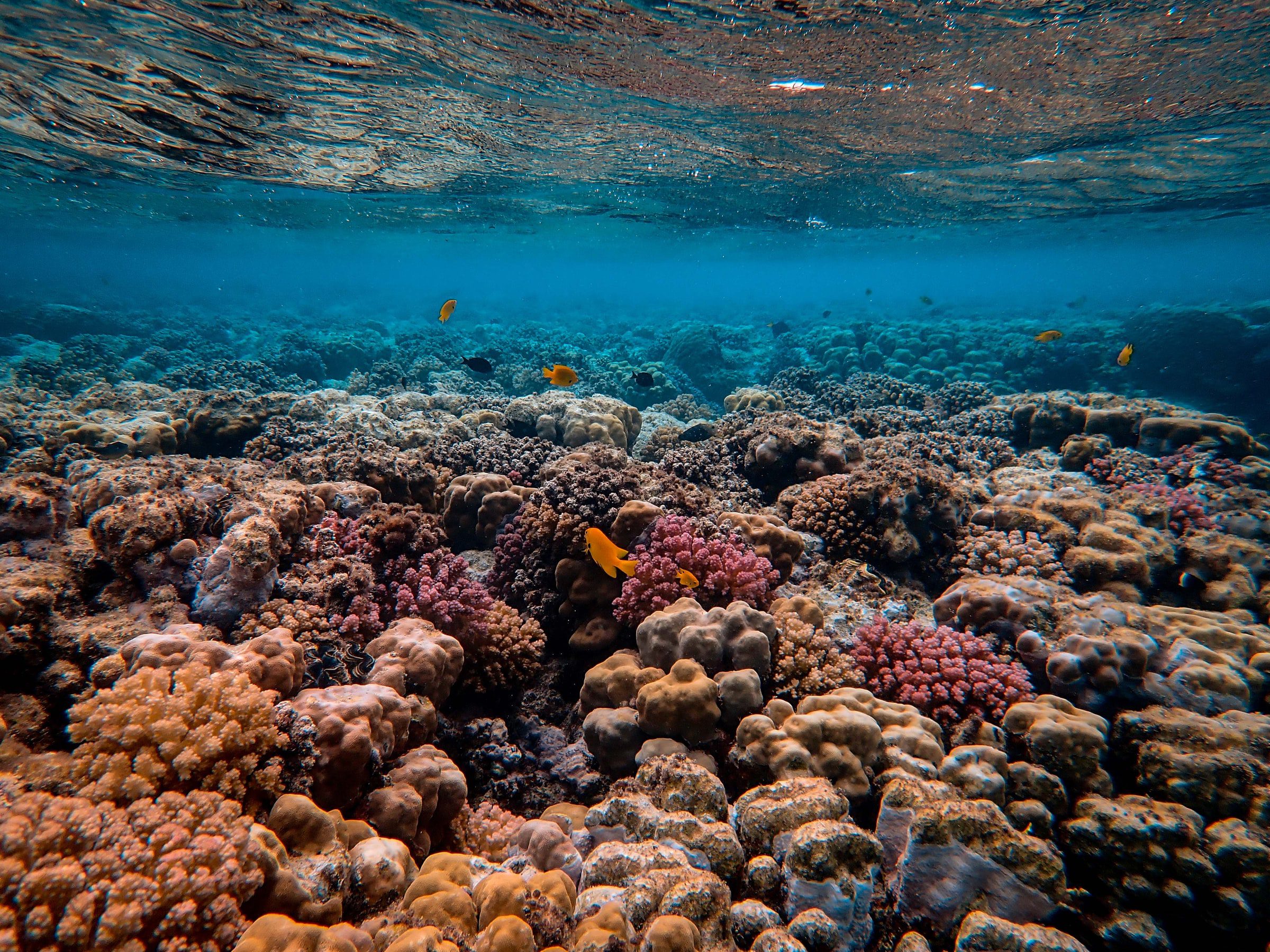Most sustainability discussions are centered around maintaining ecological balance by curbing practices that can negatively impact the environment.The importance of this practice can’t be understated. At the same time, however, it’s also important to prioritize the proactive improvement of healthy global ecosystems. One way to do this is to start fixing up habitats that have been damaged beyond their natural, pre-human state. The Great Barrier Reef is a perfect example of this– not only has the reef itself been dying due to ocean pollution, but a recent spurt of extreme weather events has taken a significant toll on the habitat’s health. As dire as the situation sounds, researchers at the University of Bristol are well on their way to a solution: underwater speakers.
Yes, that is exactly what it sounds like. Soon after a flurry of storms nearly destroyed a section of the Great Barrier Reef near Lizard Island in 2017, marine biologist Stephen Simpson and graduate student Timothy Gordon began building their reefs out of the wreckage in the region. Once completed, a series of speakers were placed underwater. The speakers were given a looped recording of various natural marine sounds that would have occurred around a healthy reef, including high-pitched dolphin vocalizations, soft whistling from fish, and the picking of lobster antennae. “The acoustic world underwater is critical for the survival of most animals,” said Simpson.

Those who have lived in cities for extended periods often begin to associate that ambient noise with familiarity, including car noises, sidewalk chatter, and the roar of trains. As it turns out, underwater creatures operate the same way. These coral reefs are miniature cities for a wide variety of fish and crustaceans, and their auditory processes work as ours do. Shortly after these speakers were placed at the newly refurbished Lizard Island reef, marine life began to assemble at twice the rate they would have otherwise. “We realized that the fish might be hearing their way home,” Simpson says, even suggesting the sounds impacted the animals in ways less perceptible to humans. “We are starting to see the world from their perspective in a way that we don’t when we simply swim around with our eyes open.”

The success of the experiment so far has certainly been promising. However, there is still lots of progress to be made as researchers want to pump the brakes on any members of the public who assume ambient noise is a sudden cure-all for decades of damage to marine environments. “We still need to tackle a host of other threats, including climate change, overfishing, and water pollution, to protect these fragile ecosystems,” said Andy Radford, professor of behavioral ecology at the University of Bristol. Radford argues that the short duration of the monitoring period for these studies suggests that more long-term observation may be needed. Still, he does see the reason to be optimistic about what has been uncovered so far. “Acoustic enrichment is a promising technique.”





